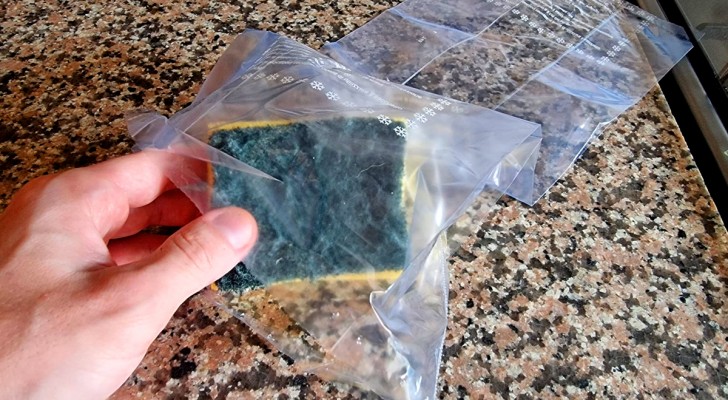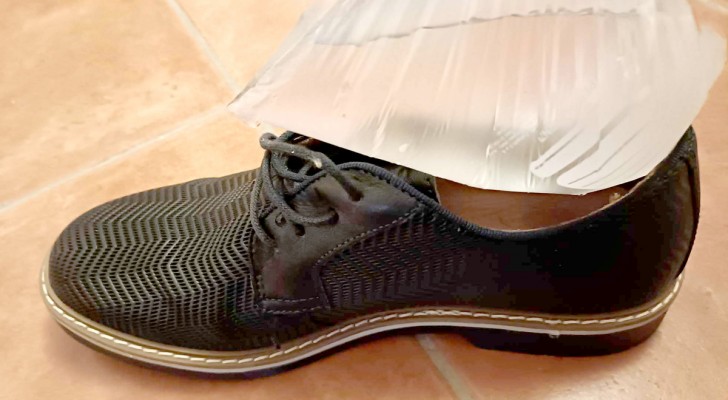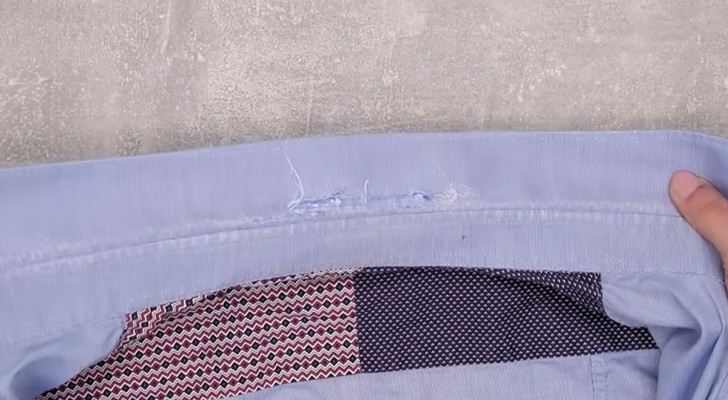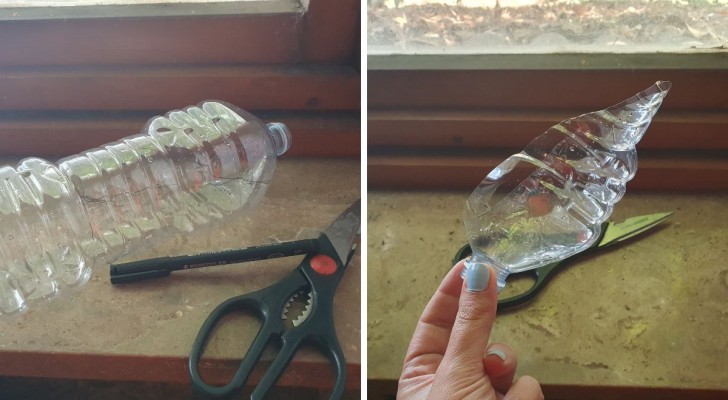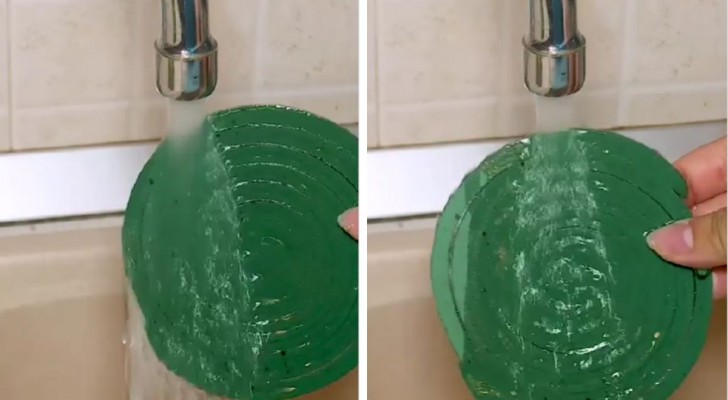Cast iron pots and pans: find out what to do to make them last forever
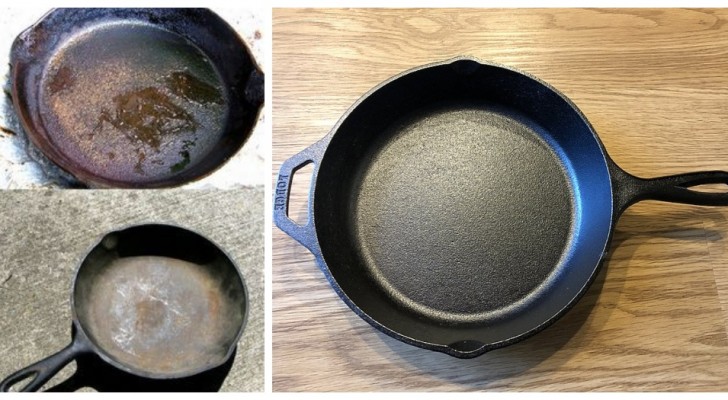
Large and very heavy cast iron pans and pans were a constant in grandmothers' kitchens. Over time, they have faded into the background, overtaken by many lighter and more manageable products, with non-stick coatings of all kinds ... But now the cast iron skillet has returned to capture the interest of many. Cast iron cooking implements are made from a practically indestructible material, which does not involve any health risks - as happens to pans with non-stick coatings that get scratched - and which can indeed be made non-stick with a simple and inexpensive trick.
In fact, it is enough just to use oil, and the cast iron can treated at home to become practically an object that will last forever. There are also different precautions to take in their use and care from time to time, and if by chance you want to restore a cast iron pan that you have forgotten in the bottom of the cabinet because it is ruined and rusty, do not despair, you could still bring it back to life!
If you buy items of this type, they will certainly have the instructions included to be able to take care of their first treatment - one which must be done without fail before starting to cook with cast iron pans (skillets). This process is also known as "seasoning" the cast iron. In fact, simple cooking oil should be used to do this (olive oil is fine, and even linseed oil will do):
- Preheat the oven to 190 degrees C (375 degrees F).
- Sprinkle the oil in an even layer over the entire internal and external surface of the pan (which must be perfectly clean, so if you should wash it with a little water and a drop of soap, and dry it thoroughly before adding the oil).
- When the oven reaches correct temperature, place a drip pan on the bottom of the compartment to collect any oil that will drip off the pan, perhaps even line it with parchment paper.
- Place the pan upside down on one of the wire racks and leave it in for 45 minutes (60 minutes for larger pans).
- Take the pan out and let it cool down. Then, with a clean cloth or absorbant kitchen towel, remove all the excess oil.
This process is called polymerization, and it causes the cooked oil to seal the cast iron.
Furthermore, after each use, it would be best to avoid using soap, carefully rinsing the pan with hot water and then heating it again the stove. When it is hot, rub the inside with a little vegetable oil and finally remove the excess with absorbant towel when it has cooled.
If there is any food residue to be scoured off, you can use rock salt with a sponge.
What can be done with rusted cast iron?
If there is rust on your cast iron pan / skillet, do not despair: you can remove it manually with an abrasive sponge, scraping it off and then rinsing. Or you can use white vinegar and let it act on the rust for several hours. There are those who also use anti-rust products, but you should then be sure to rinse them off thoroughly to eliminate any chemical residue.
After removing the rust, you can rinse the pan off with water (or water and a little soap) and then you will need to proceed as if you were doing the first treatment of the pan with the oil explained above.
Great job!

